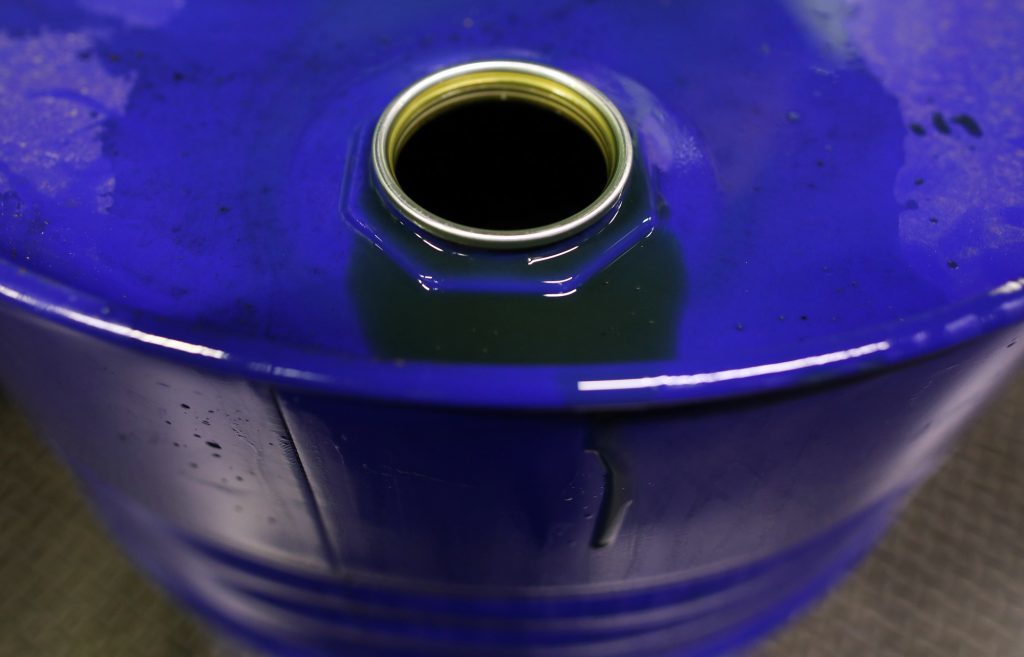
Investor exhaustion with poor returns from the oil and gas industry may mean less financing to expand the U.S. shale boom next year, and less of a drive for consolidation.
After nearing a record in 2016, equity issues from U.S. oil and gas companies are on pace for an eight-year low this year, amid doubts about the stability of the rally in global crude prices. Mergers and acquisitions and initial public offerings got off to a strong start but petered out as the year wore on.
While explorers including Anadarko Petroleum Corp. and ConocoPhillips have preached the need for fiscal discipline, investors remain skeptical, said Bobby Tudor, chairman of Houston-based investment bank Tudor Pickering Holt & Co. That’s tightened the flow of new money into the industry, and it’s likely to chill deal-making as buyers and sellers alike wait for stock prices to rebound.
“You’ve had a decoupling, where the companies have not followed oil prices higher and the investor apathy has been stunning,” Tudor said in a telephone interview. “What investors are saying is that as soon as oil peaks its nose above the parapet of $60 a barrel, the switch will go on and all those drilling rigs will go back to work.”
West Texas Intermediate crude futures are trading near $58 a barrel, up nearly 7 percent for the year, thanks to last week’s decision by the Organization of the Petroleum Exporting Countries and other producers to extend their supply curbs through 2018. Still, as prices rise as a result, so do investor fears that shale drillers — companies used to emphasizing growth above all else — will refocus on boosting production.
Meanwhile, the S&P 500 Energy Index is down 7.5 percent for 2017. The skepticism has rippled through capital markets all year.
U.S. energy stock issues topped $41 billion last year, as explorers including Anadarko, Devon Energy Corp. and Concho Resources Inc. looked to shore up finances amid weak oil prices or to fund their expansion into new shale plays. This year, offerings are down by half, at $19.9 billion as of Monday. The number of issues is down as well, from 110 last year to 63 so far in 2017.
The industry has turned instead to debt financing, with high-yield energy bond issues almost doubling this year to more than $50 billion, according to data compiled by Bloomberg. The bond numbers were inflated somewhat by a series of refinancing deals by top drillers, as well as a bevy of issues by pipeline companies.
Initial public offerings by U.S. oil and gas companies climbed in 2017, dominated by spinoffs of pipeline and infrastructure divisions by the likes of Hess Corp. and BP Plc. Still, IPOs trailed off in the second half of the year, with only one new issue so far in the fourth quarter — by Houston-based oilfield water-management business AQTWM Inc.
M&A followed the same pattern, surging early on as explorers shelled out billions for acreage in shale plays like the Permian Basin in West Texas and New Mexico. Activity tailed off as pessimism spread among investors. Would-be buyers found their stock prices no longer an attractive currency to finance deals, and sellers were unhappy with the offers they received, although private equity-backed transactions picked up some of the slack.
That’s unlikely to change any time soon, said Tudor. With equity markets now focused on share buybacks, dividends and other returns, there’s less appetite for acquisitions that simply grow a company’s inventory of wells to drill, he said. Investors will need to see two to three quarters of fiscal discipline and growing cash flows before the climate shifts, he predicted.
“The equity window is closed,” Tudor said. “The market is basically saying, ‘No, I’d rather you grow less and actually give me back some money.”
Recommended for you
